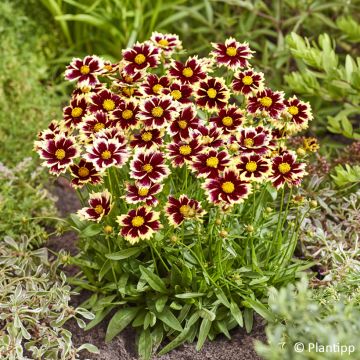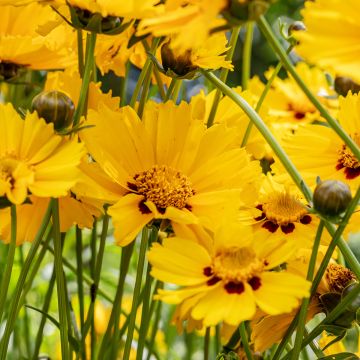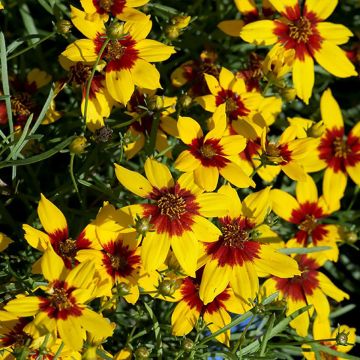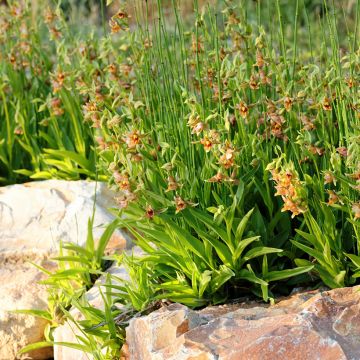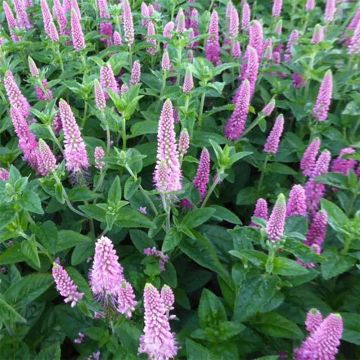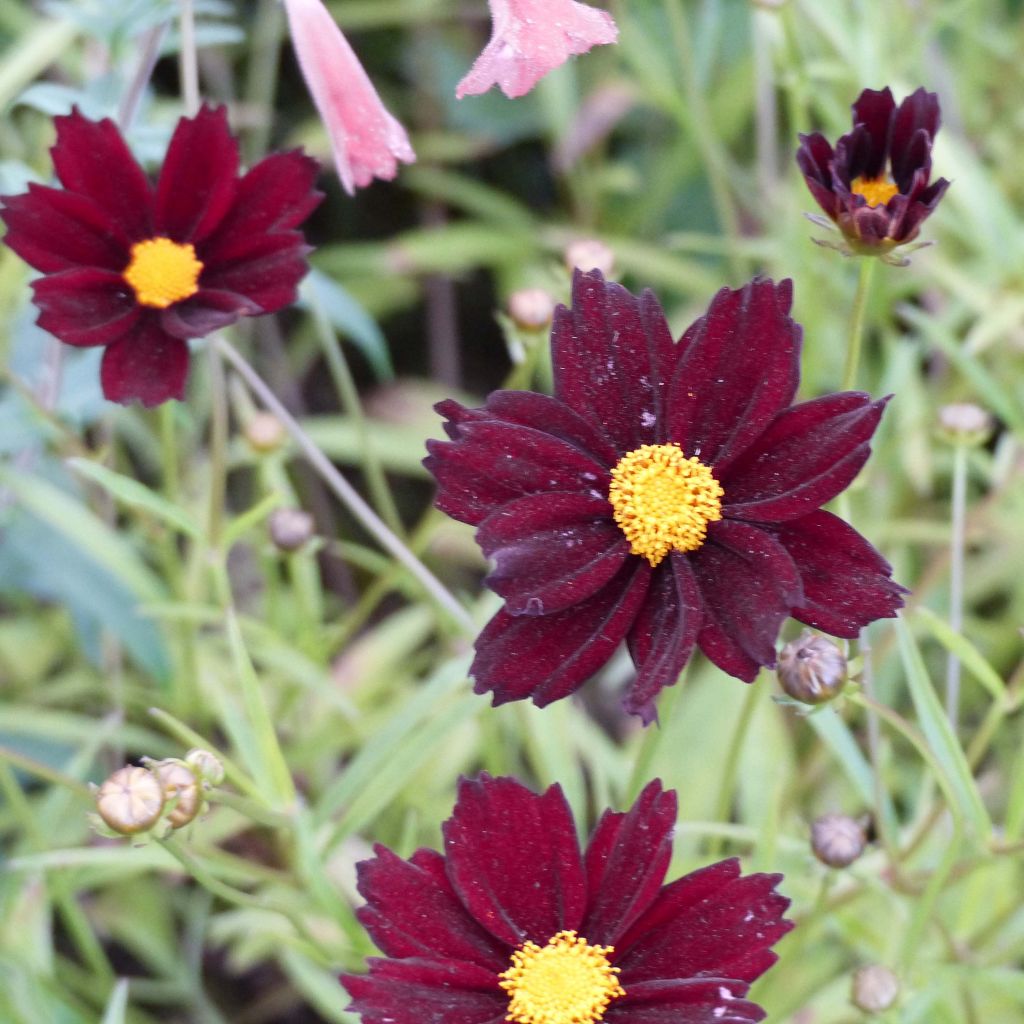

Coreopsis Mercury Rising


Coreopsis Mercury Rising
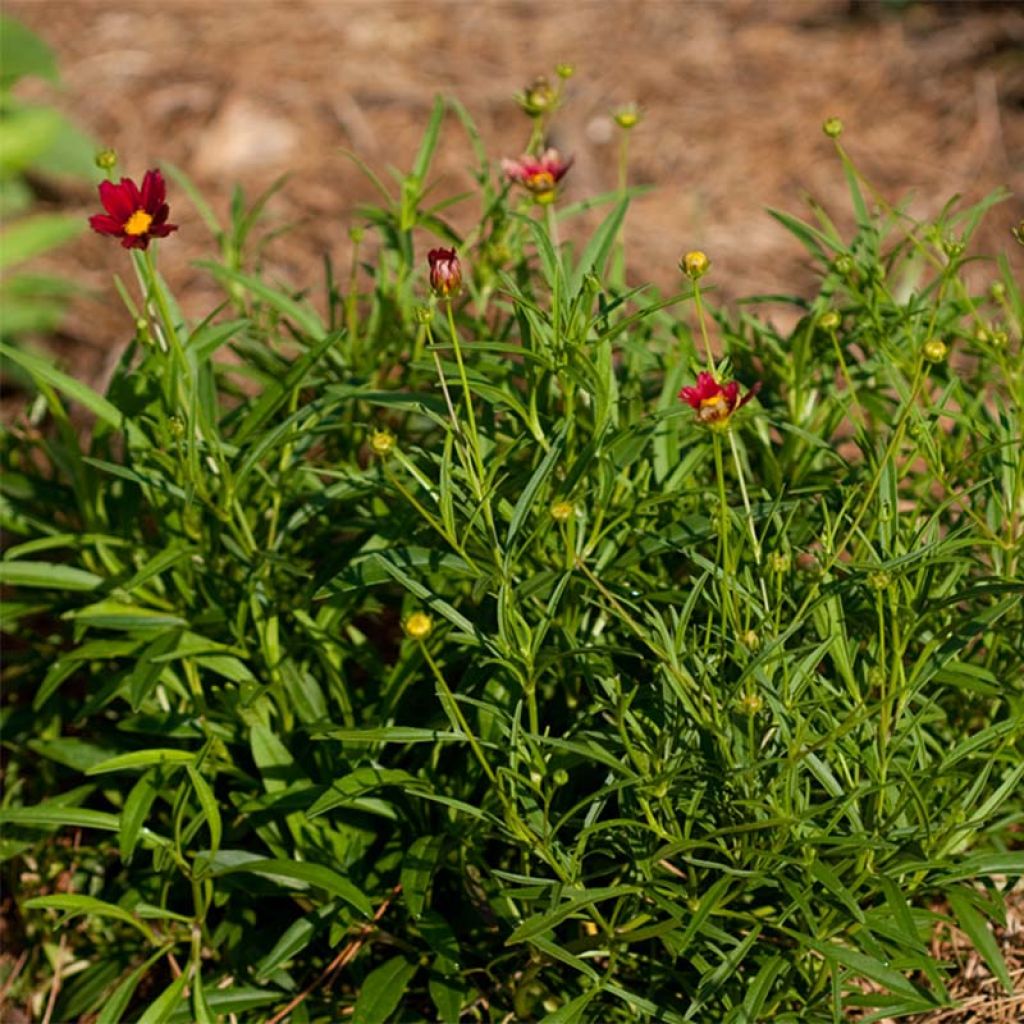

Coreopsis Mercury Rising
Coreopsis Mercury Rising
Coreopsis Mercury Rising
Tickseed
Weak plant, very disappointed.
Gigi, 17/05/2024
Special offer!
Receive a €20 voucher for any order over €90 (excluding delivery costs, credit notes, and plastic-free options)!
1- Add your favorite plants to your cart.
2- Once you have reached €90, confirm your order (you can even choose the delivery date!).
3- As soon as your order is shipped, you will receive an email containing your voucher code, valid for 3 months (90 days).
Your voucher is unique and can only be used once, for any order with a minimum value of €20, excluding delivery costs.
Can be combined with other current offers, non-divisible and non-refundable.
Home or relay delivery (depending on size and destination)
Schedule delivery date,
and select date in basket
This plant carries a 12 months recovery warranty
More information
We guarantee the quality of our plants for a full growing cycle, and will replace at our expense any plant that fails to recover under normal climatic and planting conditions.
Would this plant suit my garden?
Set up your Plantfit profile →
Description
The Coreopsis 'Mercury Rising' is a new variety of coreopsis, remarkable in many ways: this perennial plant forms a large spreading cushion of bright green foliage that is continuously covered in dark red velvety flowers with a small golden yellow centre from summer to autumn. In addition to the visual pleasure provided by this extremely rich-coloured flowering, it also has excellent hardiness, which is relatively rare among coreopsis. Its interlacing growth with neighbouring plants, its undemanding nature, and its love for the sun make it suitable for well-exposed borders. It is also an outstanding perennial for container gardens and an excellent cut flower.
Coreopsis belongs to the Asteraceae family. 'Mercury Rising' is the latest discovery in a series of hybrids developed in the United States. This series, named 'Big Bang,' gathers varieties such as 'Cosmic Evolution' and 'Galaxy,' initially selected for their cold resistance, vibrant colours, and vigour. All these qualities are present in 'Mercury Rising,' which surprised its creators with its unusual habit: this rhizomatous perennial forms a mound that reaches an average height of 40 cm (16in) and an average spread of 75 cm (30in). The flowering period extends from late June to October, with flowers continuously appearing on the plant. The 3 cm (1in) diameter flower heads, with their sun-resistant and unalterable velvety burgundy red colour, feature a small bright yellow centre. Towards the end of the season, when the temperature drops, the petals develop white or cream streaks, giving the flowering a new dimension resembling frost. The flowers are borne on short erect stems. This plant has opposite, lanceolate, finely divided leaves measuring 4 to 7 cm (2 to 3in) in length and displaying a very airy appearance. It slowly spreads through its non-invasive rhizomes, forming a beautiful ground cover.
Coreopsis 'Mercury Rising' is a hardy and robust perennial with multiple uses. Plant it in a rock garden, on a rustic slope with wallflowers, Damask wallflowers, echinaceas, and wild flax, or in a herbaceous border alongside Teucrium chamaedrys or x lucidrys, cosmos, and annual cornflowers. In a pot or container, this plant blooms continuously from the first year. For a beautiful summer display, whether in the ground or a large pot with a bit of water, it can be paired with Stipa tenuifolia, Calamintha glandulosa, and Nepeta 'Dawn to Dusk'. It also makes a lovely addition to summer bouquets.
Coreopsis Mercury Rising in pictures
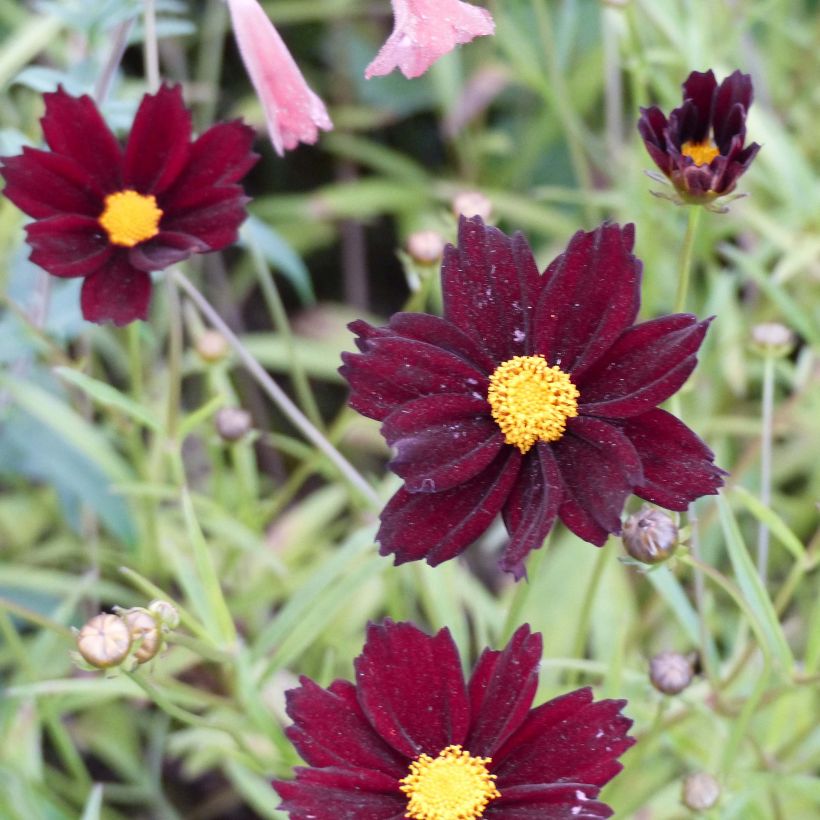

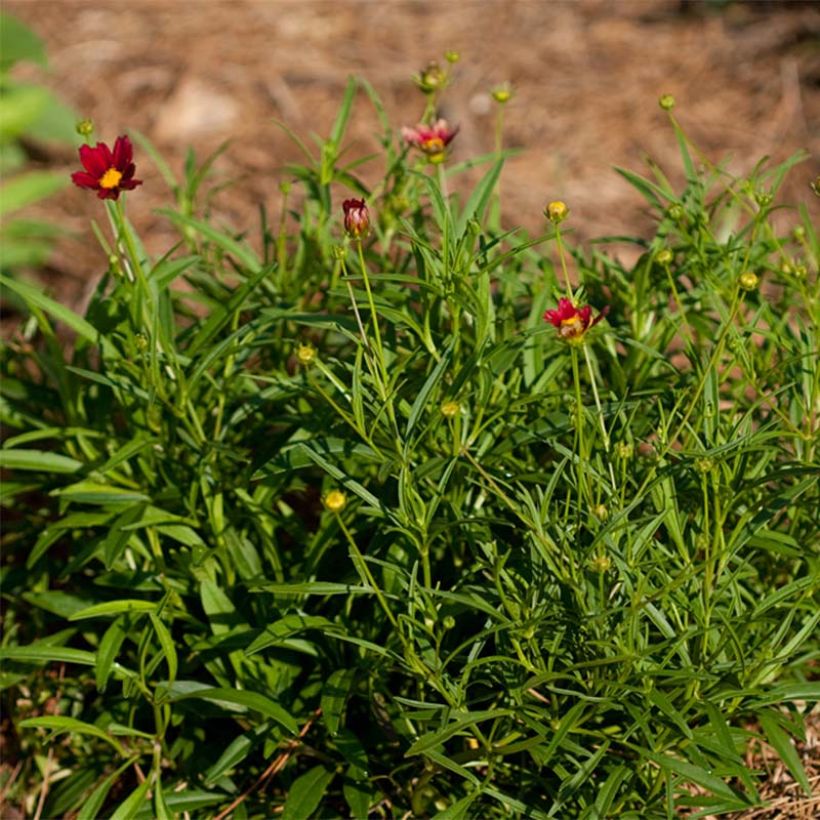

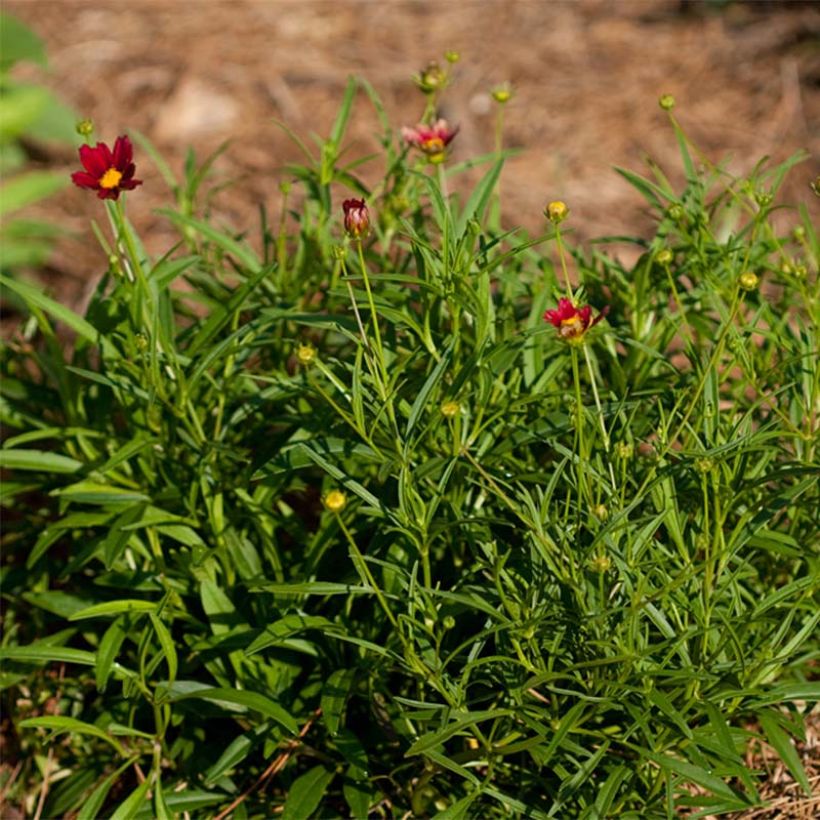

Flowering
Foliage
Plant habit
Botanical data
Coreopsis
Mercury Rising
Asteraceae
Tickseed
Cultivar or hybrid
Other Coreopsis - Tickseed
View all →Planting and care
If you want to grow perennial coreopsis, remember it doesn't like winter humidity or heavy soils. However, 'Mercury Rising' is more adaptable and can grow in different soil types. To produce summer flowers, it needs full exposure to sunlight and well-drained, light soil that can retain some moisture. Ideally, the soil should be slightly acidic or alkaline, but it can also be poor if it's porous and gravelly or sandy. If you use humus-bearing soil, it's essential to ensure good drainage. To encourage autumn regrowth, remove faded flowers, especially at the end of August. Pruning in late September will promote the growth of new basal shoots.
Planting period
Intended location
Care
Planting & care advice
-
, onOrder confirmed
Reply from on Promesse de fleurs
Similar products
Haven't found what you were looking for?
Hardiness is the lowest winter temperature a plant can endure without suffering serious damage or even dying. However, hardiness is affected by location (a sheltered area, such as a patio), protection (winter cover) and soil type (hardiness is improved by well-drained soil).

Photo Sharing Terms & Conditions
In order to encourage gardeners to interact and share their experiences, Promesse de fleurs offers various media enabling content to be uploaded onto its Site - in particular via the ‘Photo sharing’ module.
The User agrees to refrain from:
- Posting any content that is illegal, prejudicial, insulting, racist, inciteful to hatred, revisionist, contrary to public decency, that infringes on privacy or on the privacy rights of third parties, in particular the publicity rights of persons and goods, intellectual property rights, or the right to privacy.
- Submitting content on behalf of a third party;
- Impersonate the identity of a third party and/or publish any personal information about a third party;
In general, the User undertakes to refrain from any unethical behaviour.
All Content (in particular text, comments, files, images, photos, videos, creative works, etc.), which may be subject to property or intellectual property rights, image or other private rights, shall remain the property of the User, subject to the limited rights granted by the terms of the licence granted by Promesse de fleurs as stated below. Users are at liberty to publish or not to publish such Content on the Site, notably via the ‘Photo Sharing’ facility, and accept that this Content shall be made public and freely accessible, notably on the Internet.
Users further acknowledge, undertake to have ,and guarantee that they hold all necessary rights and permissions to publish such material on the Site, in particular with regard to the legislation in force pertaining to any privacy, property, intellectual property, image, or contractual rights, or rights of any other nature. By publishing such Content on the Site, Users acknowledge accepting full liability as publishers of the Content within the meaning of the law, and grant Promesse de fleurs, free of charge, an inclusive, worldwide licence for the said Content for the entire duration of its publication, including all reproduction, representation, up/downloading, displaying, performing, transmission, and storage rights.
Users also grant permission for their name to be linked to the Content and accept that this link may not always be made available.
By engaging in posting material, Users consent to their Content becoming automatically accessible on the Internet, in particular on other sites and/or blogs and/or web pages of the Promesse de fleurs site, including in particular social pages and the Promesse de fleurs catalogue.
Users may secure the removal of entrusted content free of charge by issuing a simple request via our contact form.
The flowering period indicated on our website applies to countries and regions located in USDA zone 8 (France, the United Kingdom, Ireland, the Netherlands, etc.)
It will vary according to where you live:
- In zones 9 to 10 (Italy, Spain, Greece, etc.), flowering will occur about 2 to 4 weeks earlier.
- In zones 6 to 7 (Germany, Poland, Slovenia, and lower mountainous regions), flowering will be delayed by 2 to 3 weeks.
- In zone 5 (Central Europe, Scandinavia), blooming will be delayed by 3 to 5 weeks.
In temperate climates, pruning of spring-flowering shrubs (forsythia, spireas, etc.) should be done just after flowering.
Pruning of summer-flowering shrubs (Indian Lilac, Perovskia, etc.) can be done in winter or spring.
In cold regions as well as with frost-sensitive plants, avoid pruning too early when severe frosts may still occur.
The planting period indicated on our website applies to countries and regions located in USDA zone 8 (France, United Kingdom, Ireland, Netherlands).
It will vary according to where you live:
- In Mediterranean zones (Marseille, Madrid, Milan, etc.), autumn and winter are the best planting periods.
- In continental zones (Strasbourg, Munich, Vienna, etc.), delay planting by 2 to 3 weeks in spring and bring it forward by 2 to 4 weeks in autumn.
- In mountainous regions (the Alps, Pyrenees, Carpathians, etc.), it is best to plant in late spring (May-June) or late summer (August-September).
The harvesting period indicated on our website applies to countries and regions in USDA zone 8 (France, England, Ireland, the Netherlands).
In colder areas (Scandinavia, Poland, Austria...) fruit and vegetable harvests are likely to be delayed by 3-4 weeks.
In warmer areas (Italy, Spain, Greece, etc.), harvesting will probably take place earlier, depending on weather conditions.
The sowing periods indicated on our website apply to countries and regions within USDA Zone 8 (France, UK, Ireland, Netherlands).
In colder areas (Scandinavia, Poland, Austria...), delay any outdoor sowing by 3-4 weeks, or sow under glass.
In warmer climes (Italy, Spain, Greece, etc.), bring outdoor sowing forward by a few weeks.


































